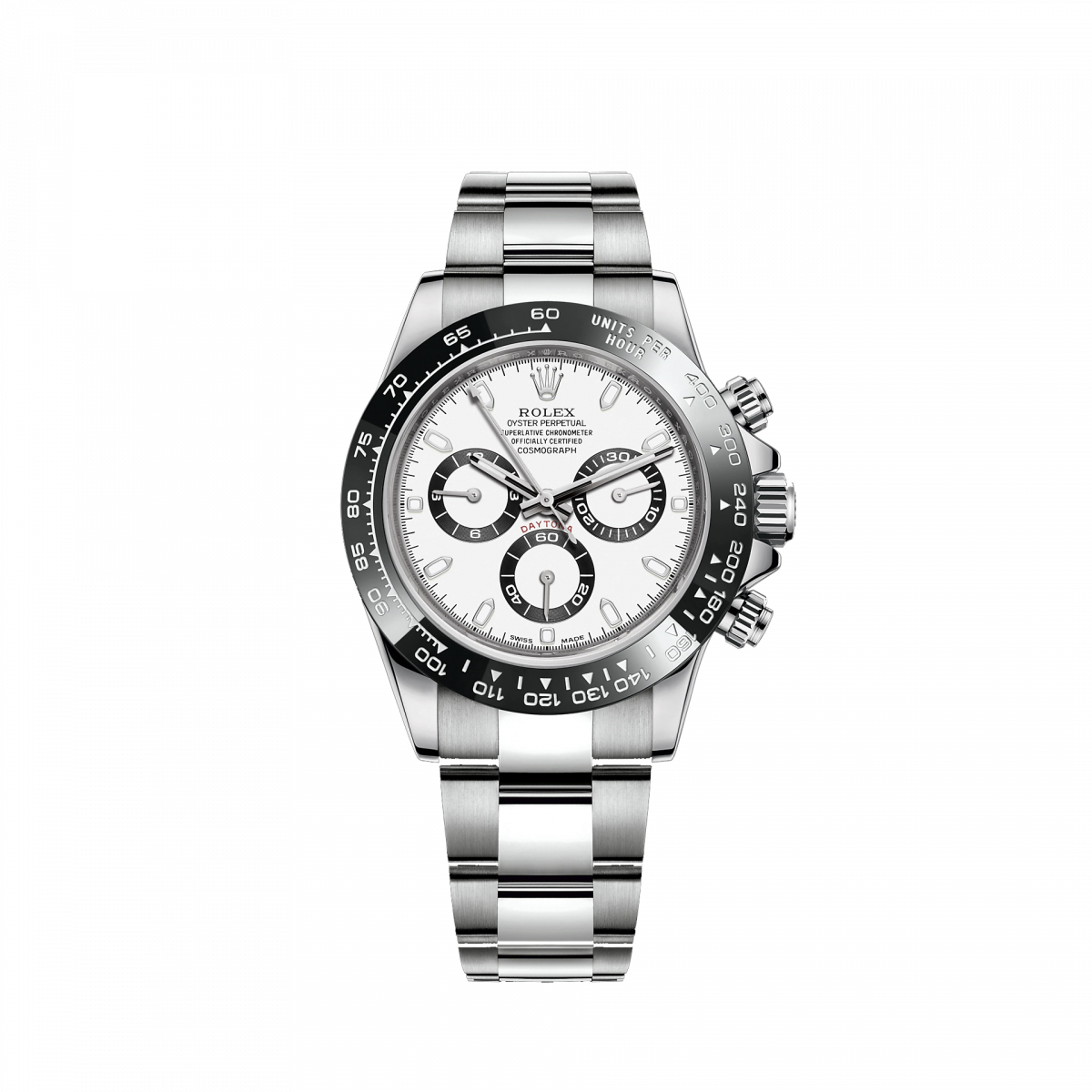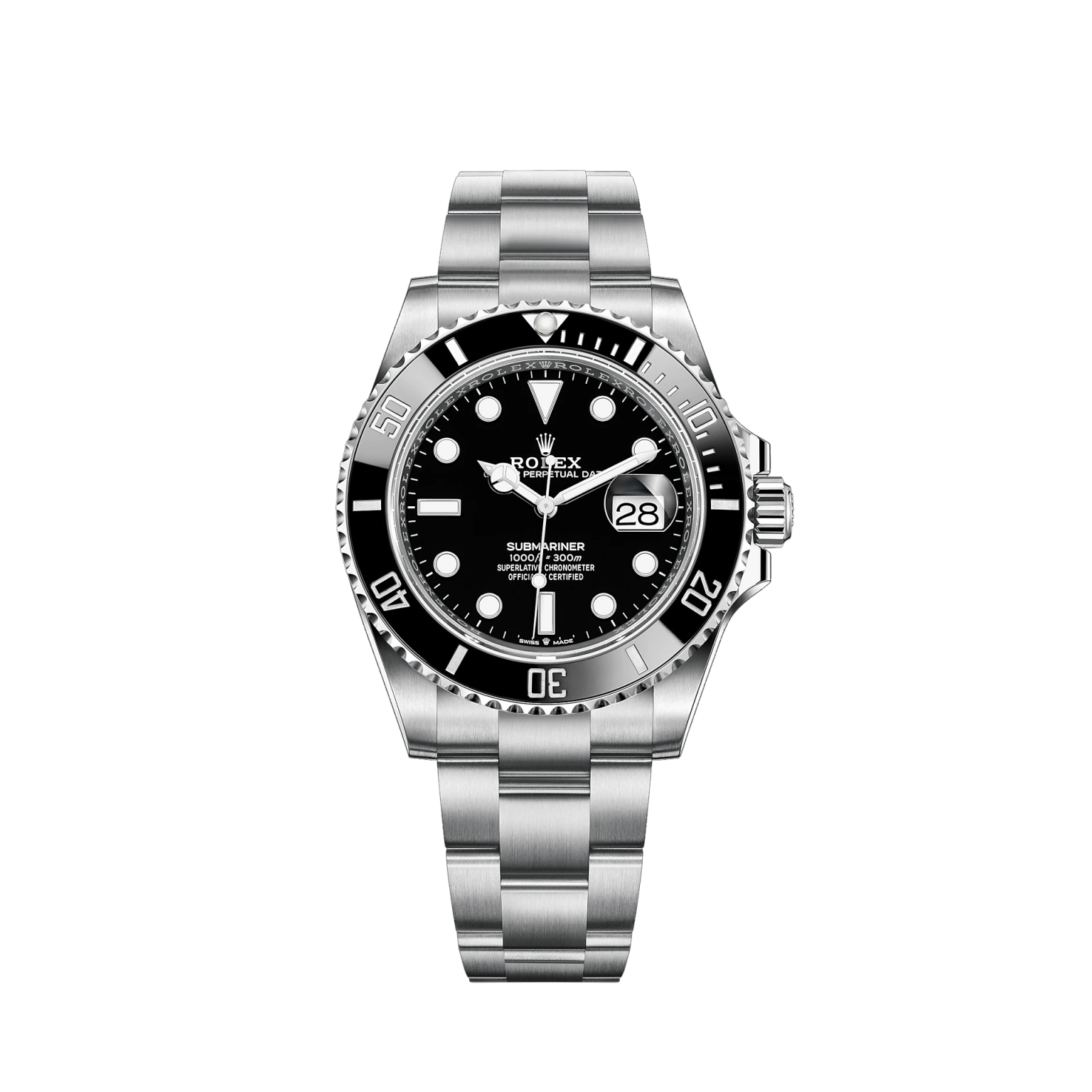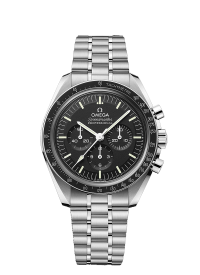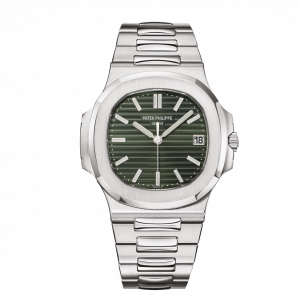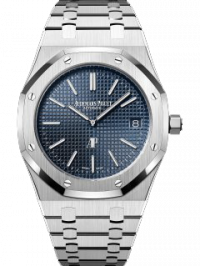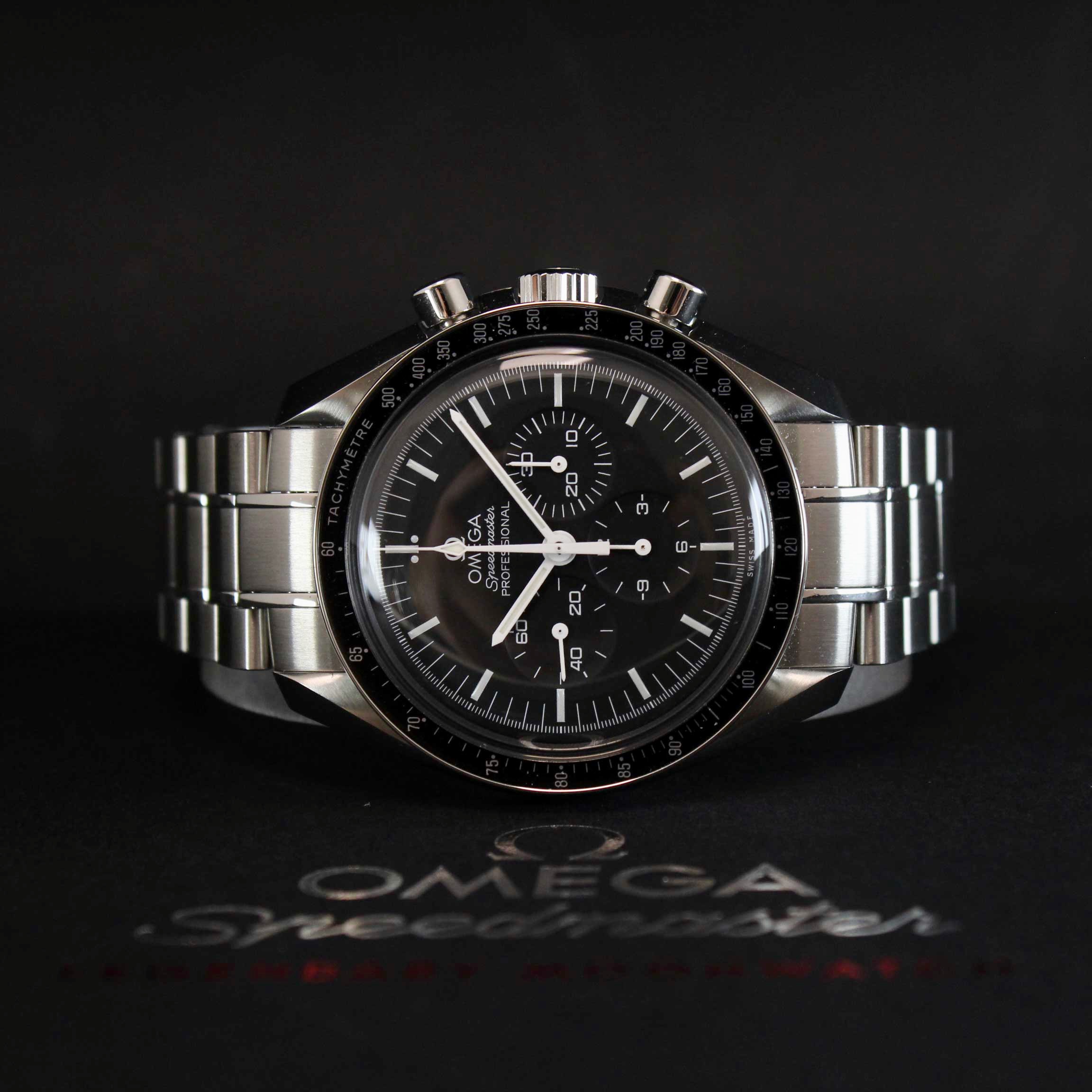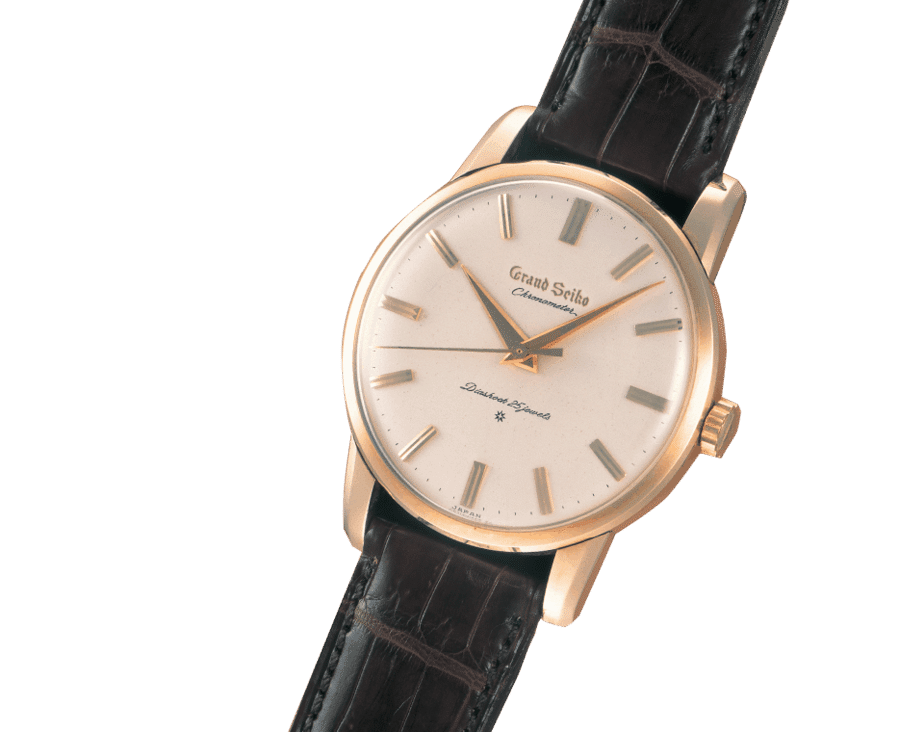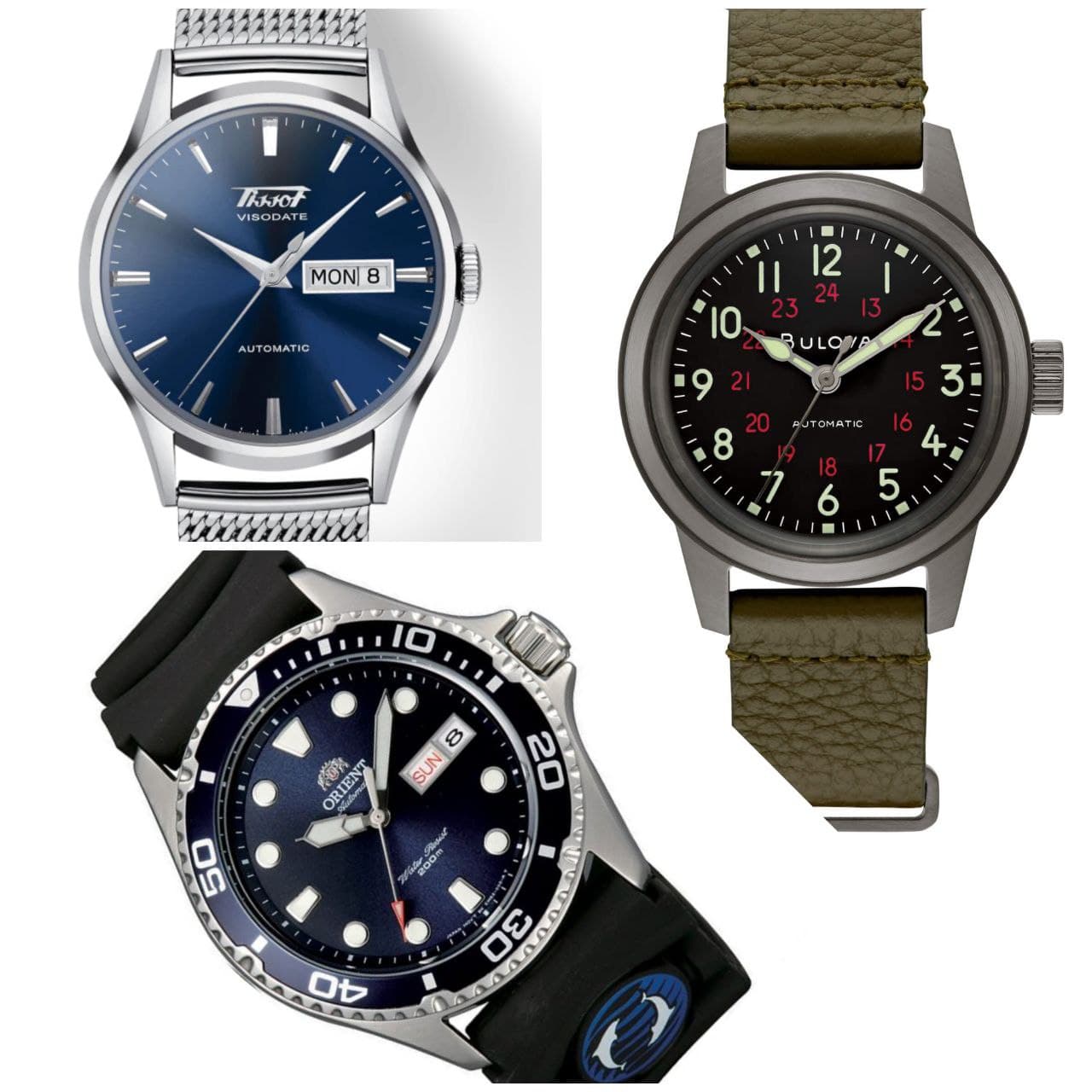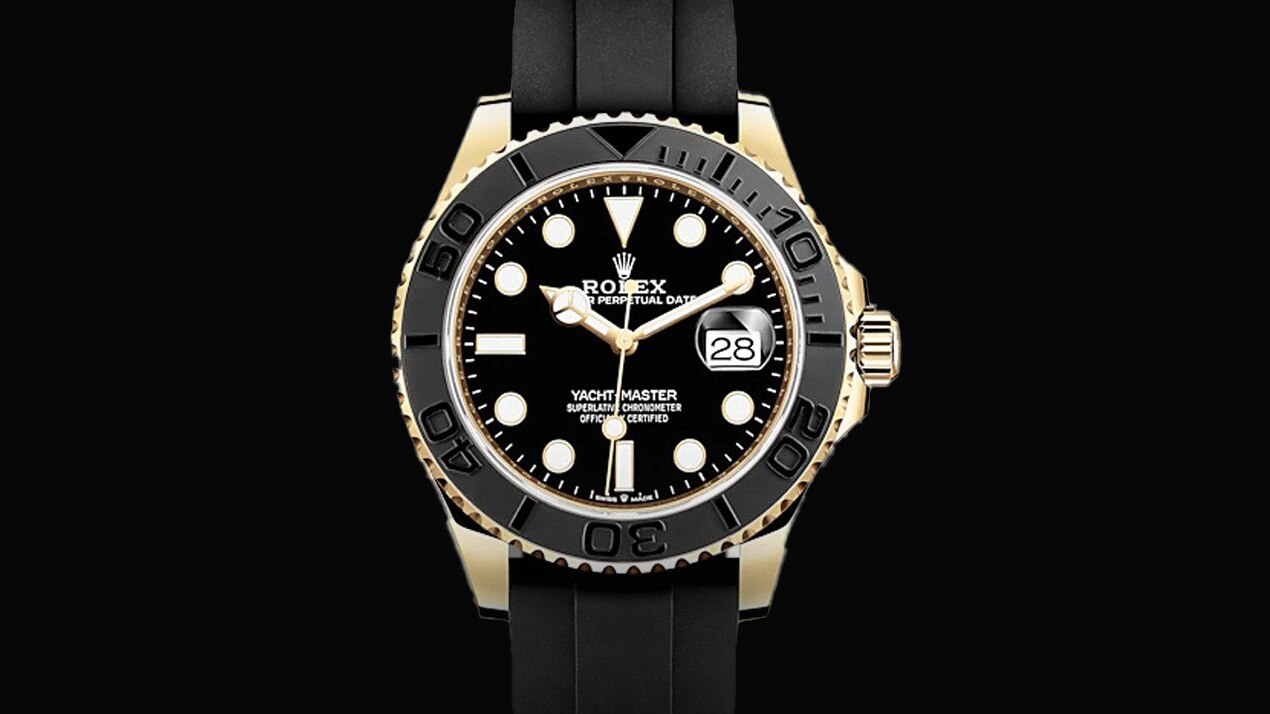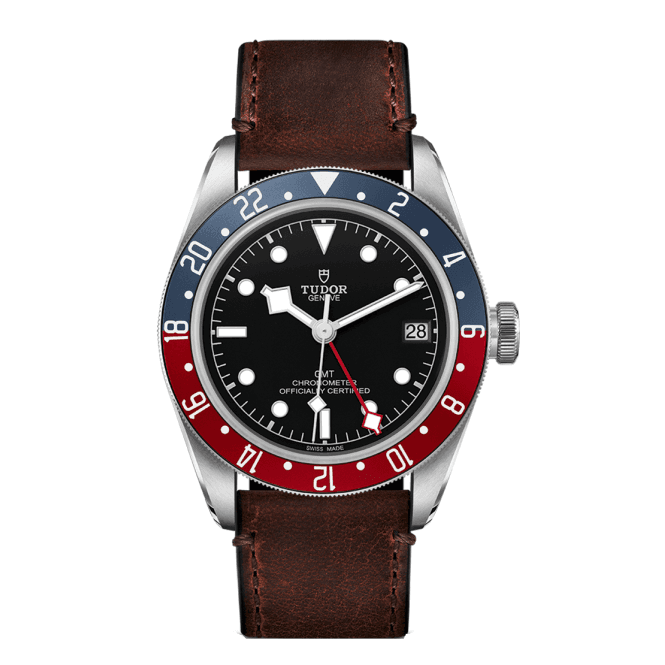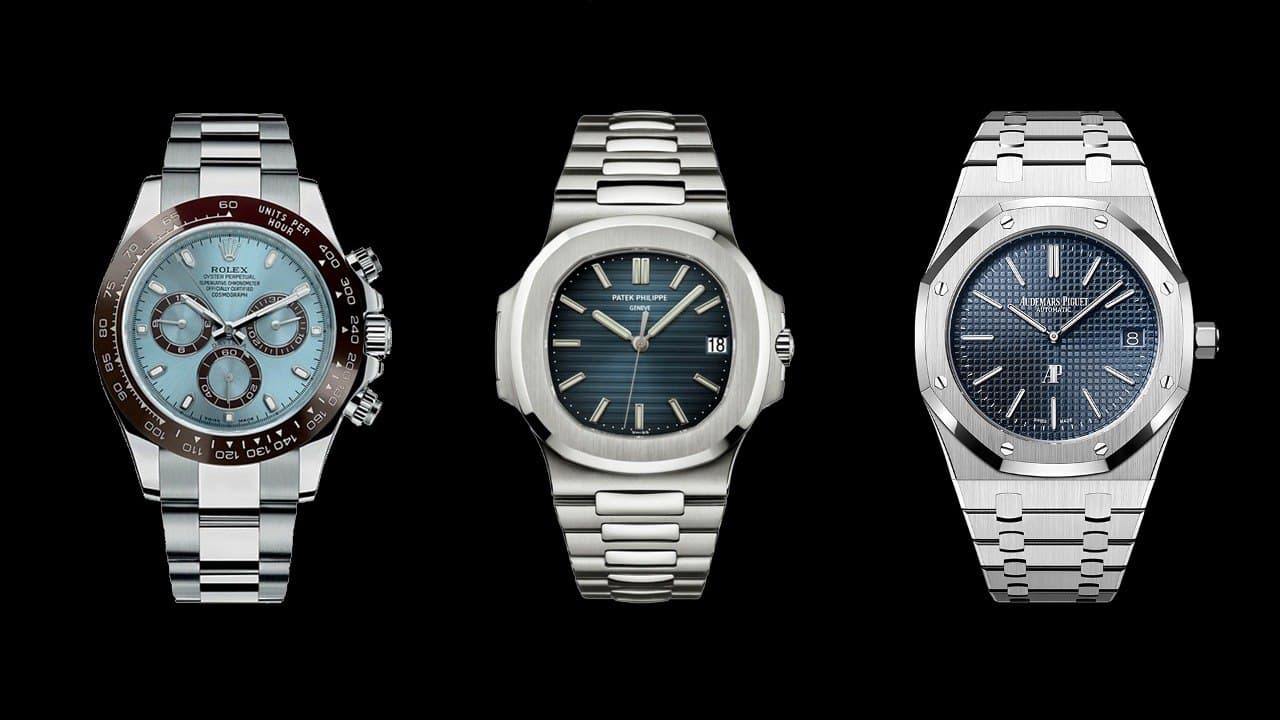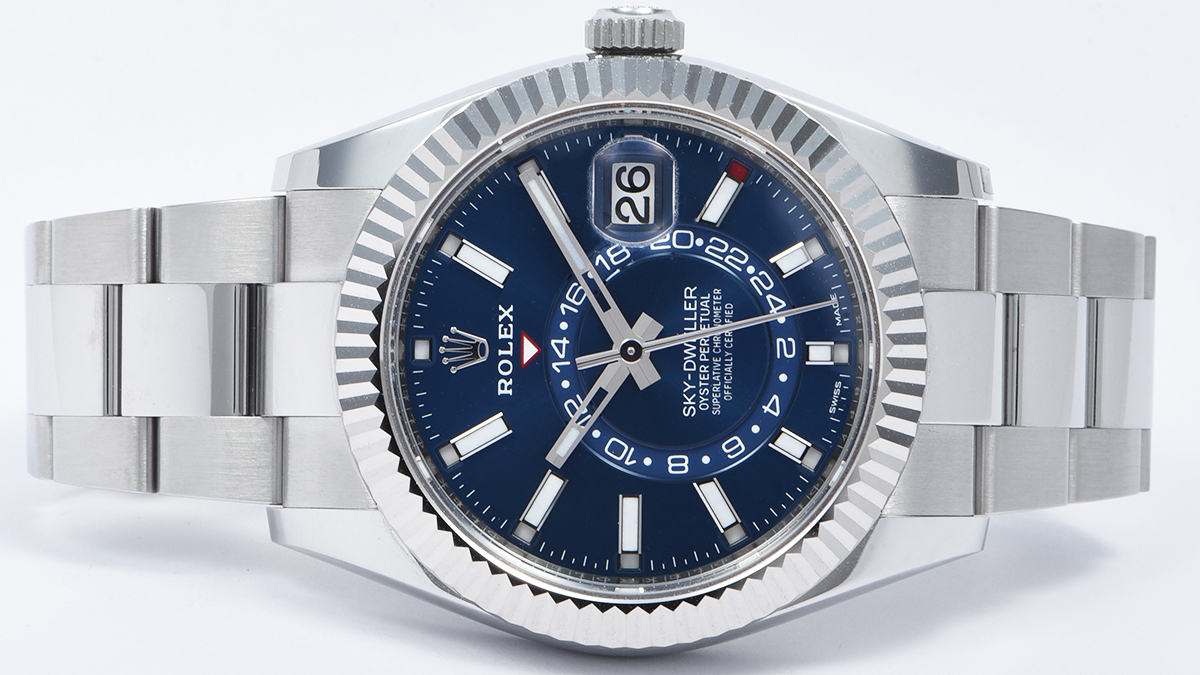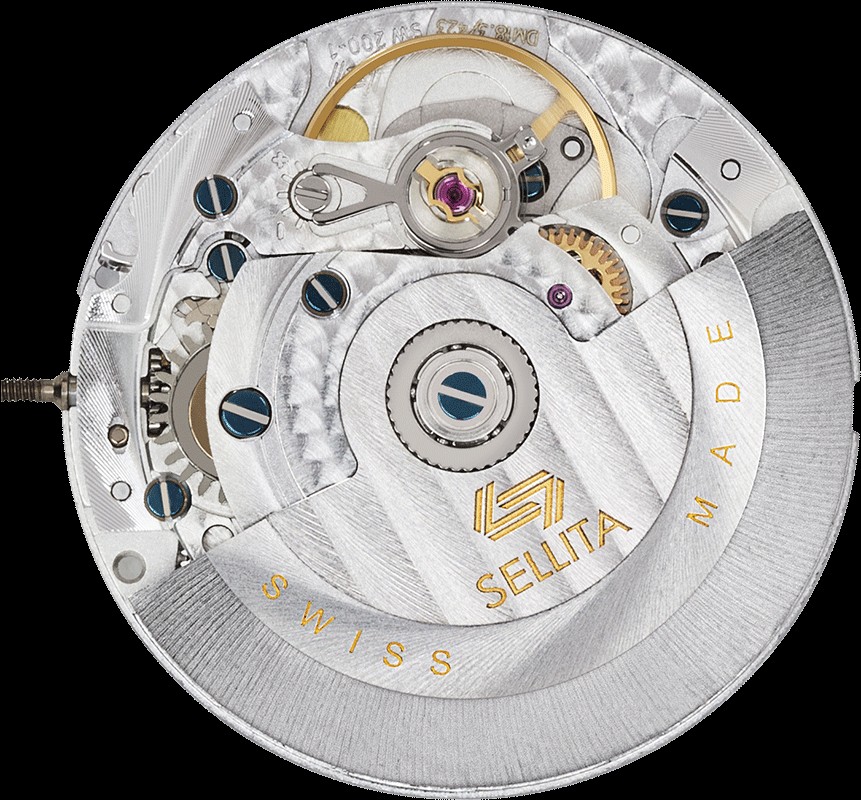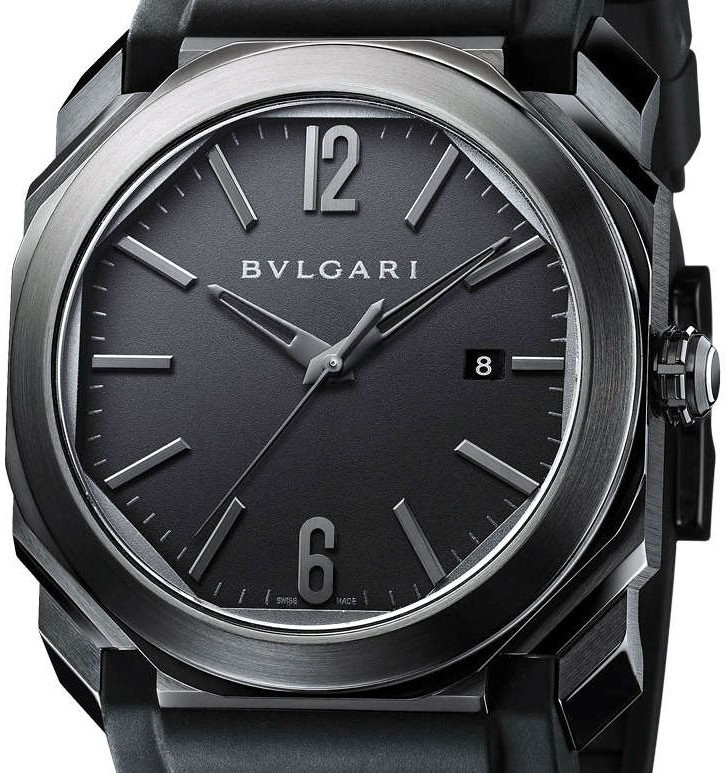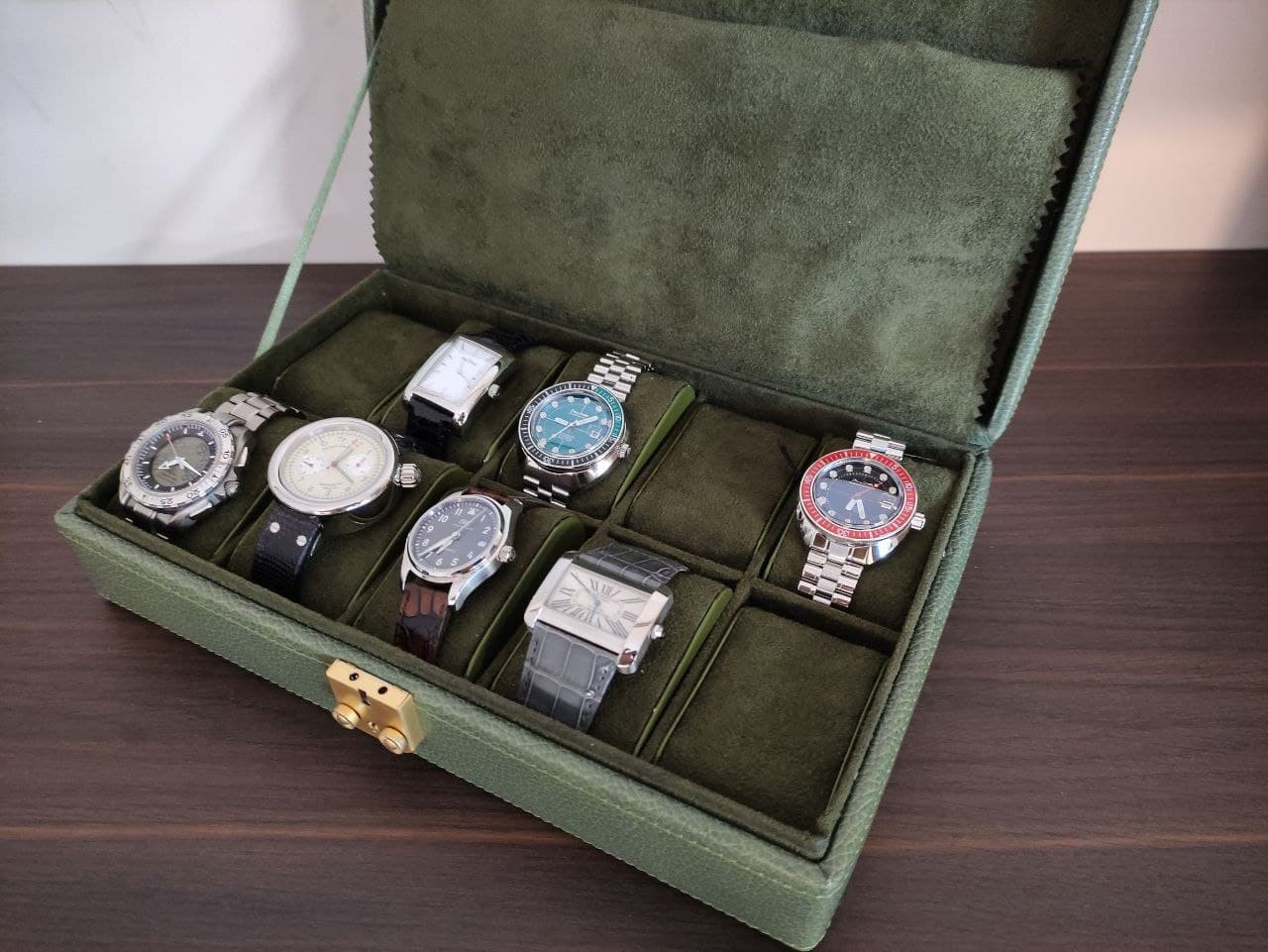Dr. N.
In this series of articles, let's see what parts a watch is made up of and how it works.
In this first passage, we deal with the components visible from the outside, so as to familiarize ourselves with the most common watchmaking terms: what is a bracelet and how does it differ from a strap? What is the difference between bezel and bezel?
Let's start from the beginning: the cash register
The case is the center of the watch, in every sense. It is the most visible part of a timepiece, it is the one that houses the reason why it exists, the indication of the time on the dial, and the reason why it is able to show the time, the movement.
Strictly speaking, the case is the casing within which the movement, dial and spheres are contained. The case is usually made of metal: steel, gold and its alloys, platinum, chromed brass are the most common materials. But there are manufacturers who also make cases in non-traditional materials, such as ceramic, carbon fiber, titanium, even sapphire glass.
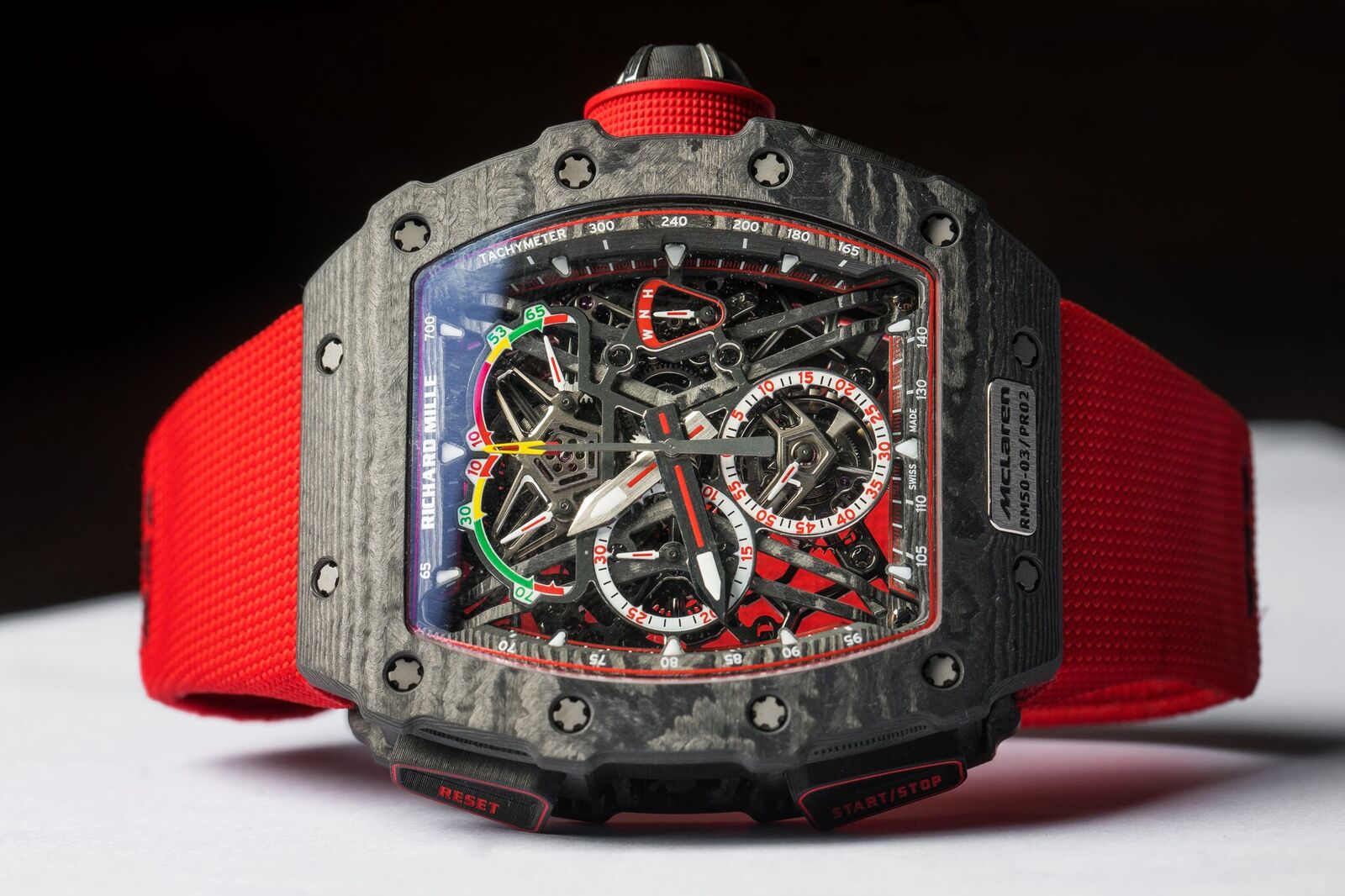
The case is made up of a main body and a caseback on the back, which gives access to the movement.
The caseback can - in most cases - be inserted by pressure (otherwise called "snap"), or by screw. The second solution offers greater waterproofing. The first is simpler in construction and allows easy inspection of the movement by opening the case back even with a razor blade. The case back today is often made with a glass insert, to allow the owner to admire the movement without opening the watch.
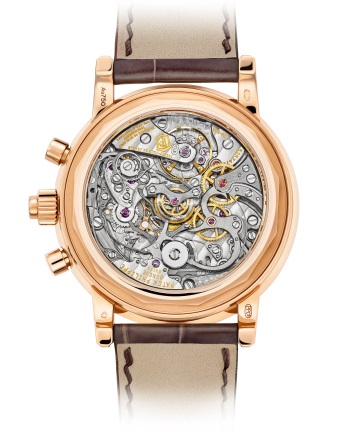
The glass is positioned above the case, which covers and protects the dial allowing the time to be read. The glass can be made of plastic, also called plexiglass, or glass, mineral or sapphire. Plexiglas has the advantage of being economical and easily polished, as well as not breaking into splinters in the event of an impact; glass, especially sapphire, is more resistant to scratches.
The bezel or ring is located around the glass. These terms are sometimes used as synonyms, but the bezel would more correctly indicate the rotating support present for example on diving watches to measure the remaining dive time, while the bezel would indicate a fixed support, having a decorative function as in the Rolex Datejust or used to place the chronograph indices as on the Rolex Daytona.
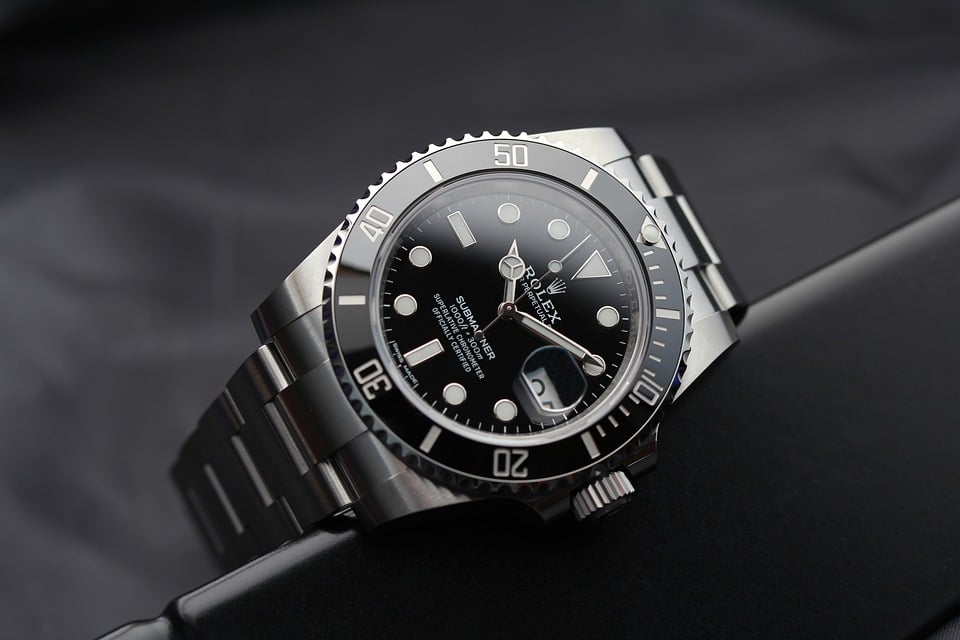
Along the sides of the case, usually on the right, there are the crown and any buttons. The crown is used to wind the watch and set the time. The buttons usually serve to allow the user to use the chronograph system when it is present in the watch.
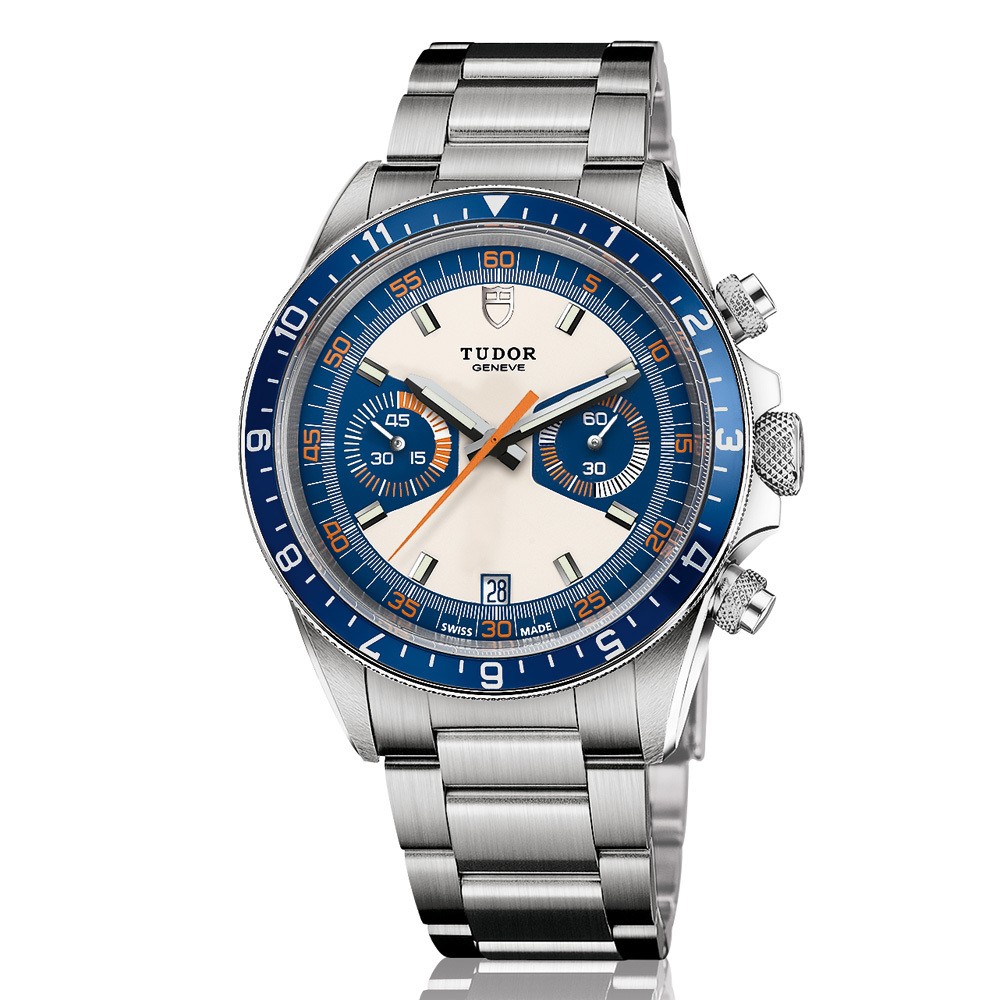
The strap: what keeps the watch on the wrist
The watch could not stay in its place, i.e. on our wrist, without adequate support. The strap is more than just a strip that holds the case. This is an element that, especially from the Seventies onwards, has received great attention and which contributes to defining the character of the entire watch. How many of us enthusiasts have experienced the pleasure of transforming the appearance of our timepiece simply by changing a leather strap with a rubber one, or a fabric one, perhaps with a polychrome pattern?
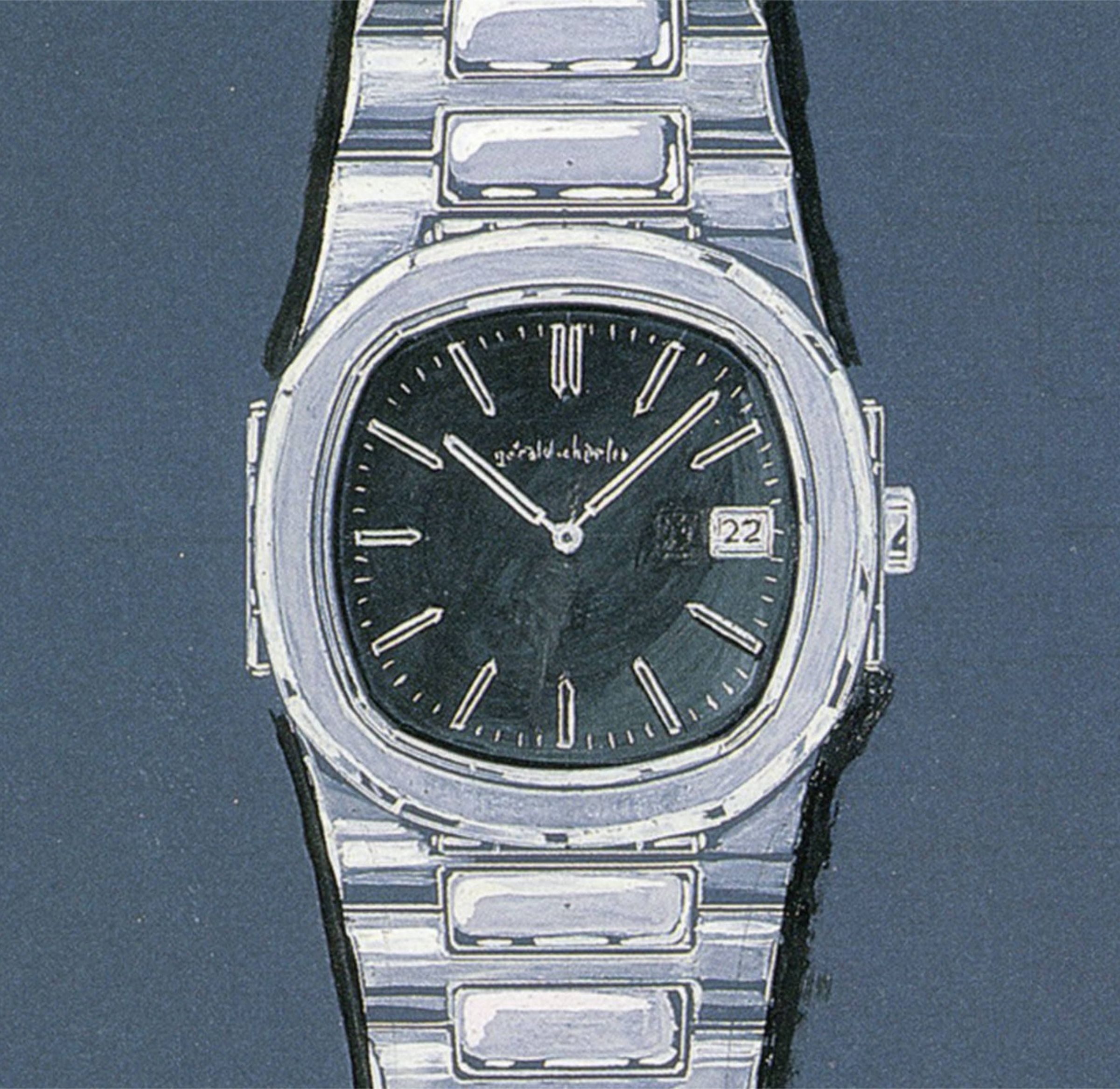
The difference between strap and bracelet is simple: the second is made of metal. All the others – made of rubber, fabric, leather or whatever imaginative material the watch industry conceives – are straps.


